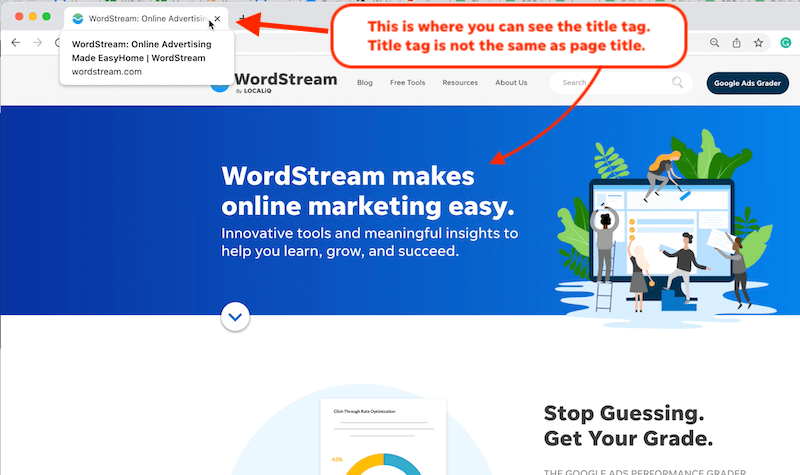Damaging Borders: Non-default Mediums in Google Analytics Redefining SEO
Wiki Article
Unveiling the Unconventional Mediums in Google Analytics Beyond Default Settings
In the realm of digital analytics, Google Analytics stands as a cornerstone for businesses looking for to recognize their on-line visibility. By venturing past the surface area and diving right into the details of social media information, email campaign performance, referral traffic resources, straight web traffic patterns, and personalized network collections, a treasure trove of details waits for those ready to accept a much more nuanced method.
Leveraging Social Network Insights
Occasionally forgotten, yet profoundly important, is the technique of leveraging social networks understandings within the realm of Google Analytics. By incorporating data from systems like Facebook, Twitter, Instagram, and LinkedIn into Google Analytics, organizations can obtain a much deeper understanding of their target market and the effectiveness of their social media campaigns.Through this integration, marketers can track and analyze user habits on their website that stems from social media systems. They can determine which social media networks are driving the most traffic, which web content is resonating with the target market, and which projects are converting the most leads. This understanding enables for data-driven choices to enhance social media sites approaches and enhance general advertising and marketing performance.
Additionally, by integrating social media sites understandings with Google Analytics, businesses can create much more targeted and customized campaigns - what is not considered a default medium in google analytics. They can utilize market details, rate of interests, and online behaviors gathered from social media to improve their audience segmentation and deliver tailored messages that resonate with specific customer teams. This targeted strategy can bring about greater involvement, raised conversions, and inevitably, boosted roi
Revealing Email Project Performance
Discovering Email Campaign Performance entails assessing vital metrics and efficiency signs to assess the efficiency of email marketing initiatives. When diving into email project efficiency, it is vital to evaluate metrics such as open rates, click-through prices, conversion prices, and unsubscribe rates. Open up prices suggest the percentage of receivers who opened the e-mail, supplying insight right into the efficiency of subject lines and sender names. Click-through rates gauge the portion of recipients that clicked on links within the e-mail, showing engagement degrees. Conversion rates track the percent of recipients that finished a desired activity after clicking on a web link in the email, such as making a purchase or authorizing up for a newsletter. Lastly, unsubscribe prices highlight the number of receivers who decided out of receiving more emails, clarifying email material high quality and relevance. By evaluating these metrics, online marketers can adjust their email projects for better involvement and performance.Analyzing Reference Web Traffic Sources
After assessing the efficiency of e-mail projects through vital metrics such as open rates and conversion rates, the next important step is examining referral web traffic resources in Google Analytics to comprehend where internet site site visitors are originating from and how they interact with the website. Reference traffic sources refer to the websites that direct individuals pop over to this site to your site with clickable links. By delving into this data, companies can acquire insights into which external platforms are driving traffic to their site, whether it be social media platforms, partner websites, or online directory sites.Analyzing referral website traffic can give beneficial details on the performance of outside advertising efforts and partnerships. It aids organizations recognize high-performing recommendation sources that contribute significantly to website web traffic and conversions. By recognizing the habits of visitors coming from various reference sources, companies can tailor their advertising and marketing methods to optimize involvement and conversions. Google Analytics uses comprehensive reports on reference web traffic, enabling services to track the performance of each recommendation resource accurately Clicking Here and make data-driven choices to improve their on-line existence.
Discovering Straight Traffic Patterns
Checking out the straight website traffic patterns in Google Analytics provides important understandings right into customer behavior and the efficiency of campaigns - what is not considered a default medium in google analytics. Straight website traffic describes site visitors that land on a web site by directly keying the link right into their internet browser, making use of book markings, or clicking untagged links. Recognizing straight traffic patterns can assist marketing professionals assess the impact of offline advertising and marketing initiatives, brand acknowledgment, and the performance of word-of-mouth referralsBy diving into straight website traffic data, companies can uncover crucial info regarding individual intent and brand commitment. Evaluating the behavior of direct site visitors, such as the web pages they check out, the time invested in website, and the conversion price, can supply a much deeper understanding of customer involvement and the general efficiency of the website in transforming site visitors into customers.
Moreover, tracking straight traffic patterns with time enables businesses to recognize trends, seasonality impacts, and the success of certain campaigns or promos in driving direct sees. This information can then be used to improve marketing techniques, optimize web site content, and enhance the overall user experience to make the most of conversions.
Utilizing Custom Network Groupings
Utilizing personalized channel collections in Google Analytics allows companies to classify and assess their website traffic based on particular criteria, providing useful insights for enhancing marketing methods. Custom channel groups enable firms to create their own tailored groupings of web traffic resources, such as social media, natural search, e-mail campaigns, and site web recommendation website traffic. By defining these groupings, services can gain a deeper understanding of exactly how various marketing networks add to their website traffic and conversions.This function is specifically helpful for companies with diverse advertising approaches across different systems. A firm running both paid and natural social media projects can set apart in between the 2 to assess their individual performance accurately. Additionally, customized channel groupings can help identify any neglected or ignored web traffic sources that may be driving beneficial engagement.
Conclusion

By venturing past the surface and diving right into the complexities of social media information, email campaign efficiency, referral web traffic resources, direct web traffic patterns, and personalized channel collections, a prize chest of info waits for those willing to embrace a much more nuanced strategy. They can identify which social media channels are driving the most traffic, which web content is reverberating with the audience, and which campaigns are transforming the most leads.After reviewing the performance of email campaigns via vital metrics such as open rates and conversion rates, the next vital action is analyzing referral web traffic resources in Google Analytics to recognize where internet site visitors are coming from and how they communicate with the site. Custom-made network groups make it possible for business to develop their very own tailored groups of website traffic resources, such as social media, natural search, e-mail projects, and referral traffic. By leveraging social media insights, revealing e-mail project performance, assessing referral traffic resources, discovering straight website traffic patterns, and making use of custom channel groupings, online marketers can gain useful insights right into their online existence.
Report this wiki page